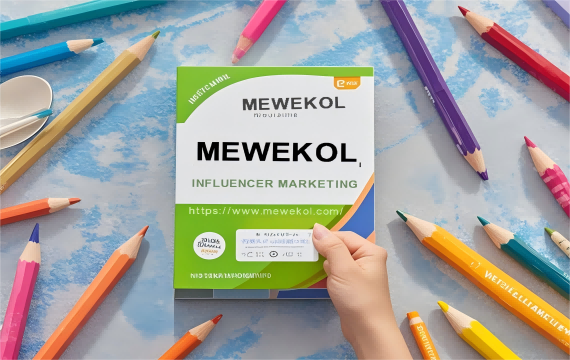In the ever-evolving landscape of digital marketing, Amazon influencer collaborations offer powerful avenues for brand promotion. Understanding the different cooperation models can help sellers strategically engage with influencers, also known as "Redskins," to boost product visibility and credibility. Here’s a concise look at the most common models:
1. Product Gift and Trial Collaboration
Overview: This foundational approach involves providing influencers with complimentary products. In return, they share their experiences and reviews across social media platforms like Instagram, YouTube, and TikTok.
When to Use and Benefits: Ideal for small to medium-sized sellers or new product launches, this cost-effective model encourages honest feedback. Influencers, free from financial obligation, are more likely to deliver candid reviews of the product’s strengths and weaknesses. For instance, a handmade soap brand might send samples to a lifestyle influencer, who then shares insights on fragrance, cleaning efficacy, and skin feel, thereby enhancing product exposure and credibility.
Considerations: Clearly outline expectations for trial content, emphasizing essential product features, ingredients, and target demographics. Ensure influencers provide timely, fair feedback to avoid superficial reviews or misleading evaluations.
2. Sponsored Content Collaboration
Overview: In this model, sellers fund influencers to create tailored promotional content, which might include videos, graphics, or live streams. The content aligns with the seller’s marketing goals and product characteristics.
When to Use and Benefits: Suitable for targeted marketing initiatives like product launches or brand events. For example, an electronics seller might sponsor a tech influencer to produce a detailed review of a new smartphone, highlighting features, performance, and competitive comparisons. Such bespoke content effectively reaches target audiences and enhances product credibility through professional presentation.
Considerations: Draft a cooperation contract detailing content requirements—theme, style, duration, release schedule, promotional focus, and compensation. This ensures mutual protection and smooth collaboration.
3. Commission-Based Collaboration
Overview: Influencers earn a commission for guiding their followers to purchase products via unique promotional links.
When to Use and Benefits: This model incentivizes influencers to actively promote products, as their earnings are tied to sales success. Sellers benefit from reduced marketing risk, paying only after successful sales. For instance, a fitness equipment seller might partner with a fitness influencer who shares product recommendations, earning a commission (e.g., 10%) on sales generated through their link. This approach is effective for competitive products that leverage influencer promotional prowess.
Considerations: Define commission calculations (per item, per order, tiered rates), payment schedules (monthly, quarterly), and ensure precise tracking of sales data through promotional links to prevent disputes.
4. Long-term Collaboration and Brand Ambassador Program
Overview: Establishing enduring partnerships with influencers who embody the brand image, transforming them into brand ambassadors for ongoing promotion.
When to Use and Benefits: This model suits brands focused on long-term growth and loyalty building. Through sustained collaboration, influencers gain deeper insights into brand culture and product nuances, enhancing their promotional impact. For example, a luxury skincare brand might secure a long-term agreement with a renowned beauty influencer, who consistently advocates for the brand, participates in product launches, and engages in fan interactions. This approach solidifies brand identity, elevates awareness, and gradually builds a loyal customer base.
Considerations: Clearly define responsibilities and obligations, including influencer tasks at various stages and brand image maintenance requirements. Adapt strategies in response to market shifts and brand evolution to ensure continued collaboration effectiveness.
By understanding and strategically implementing these influencer collaboration models, sellers can effectively leverage influencer marketing to expand their reach, enhance credibility, and drive sustained growth.


